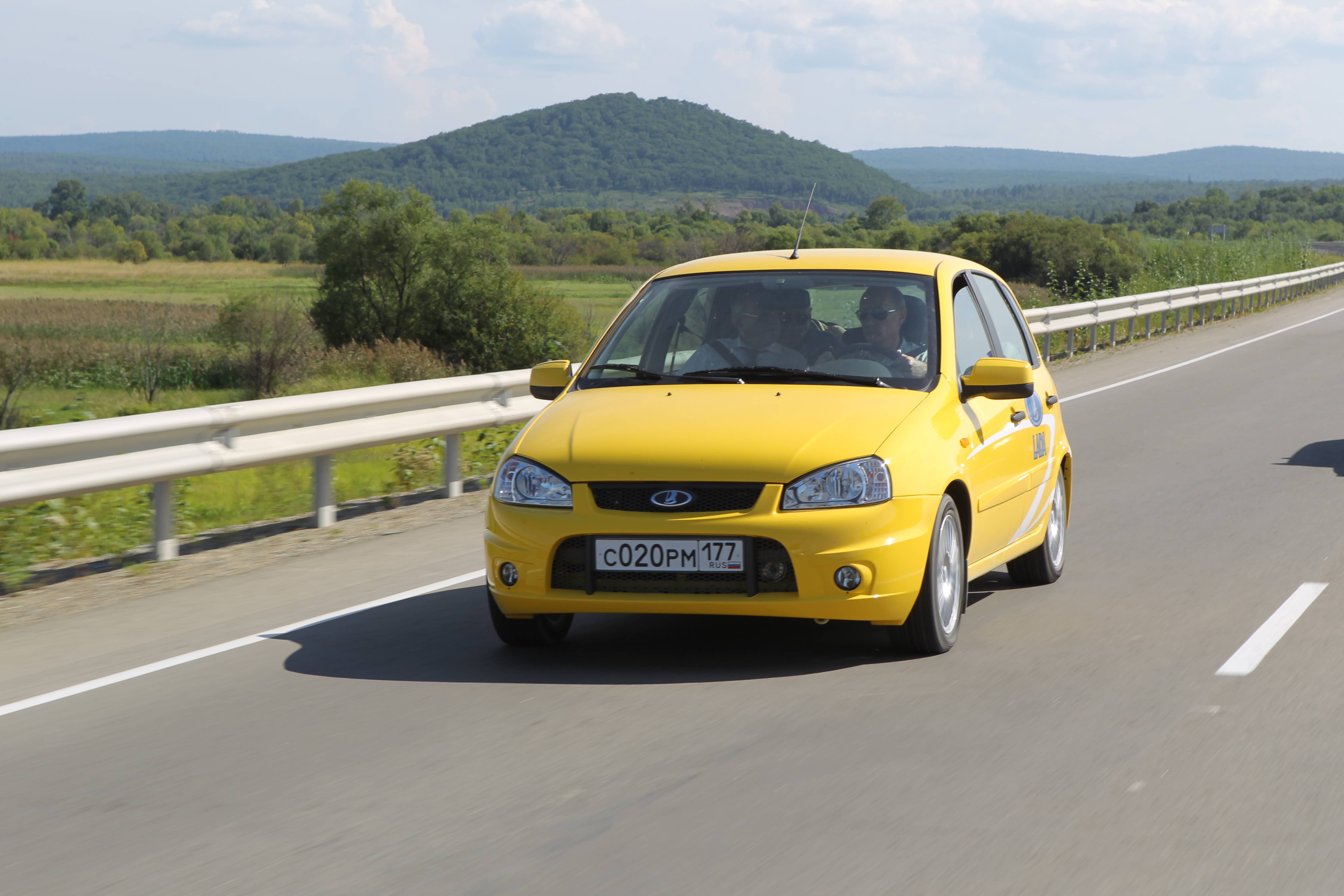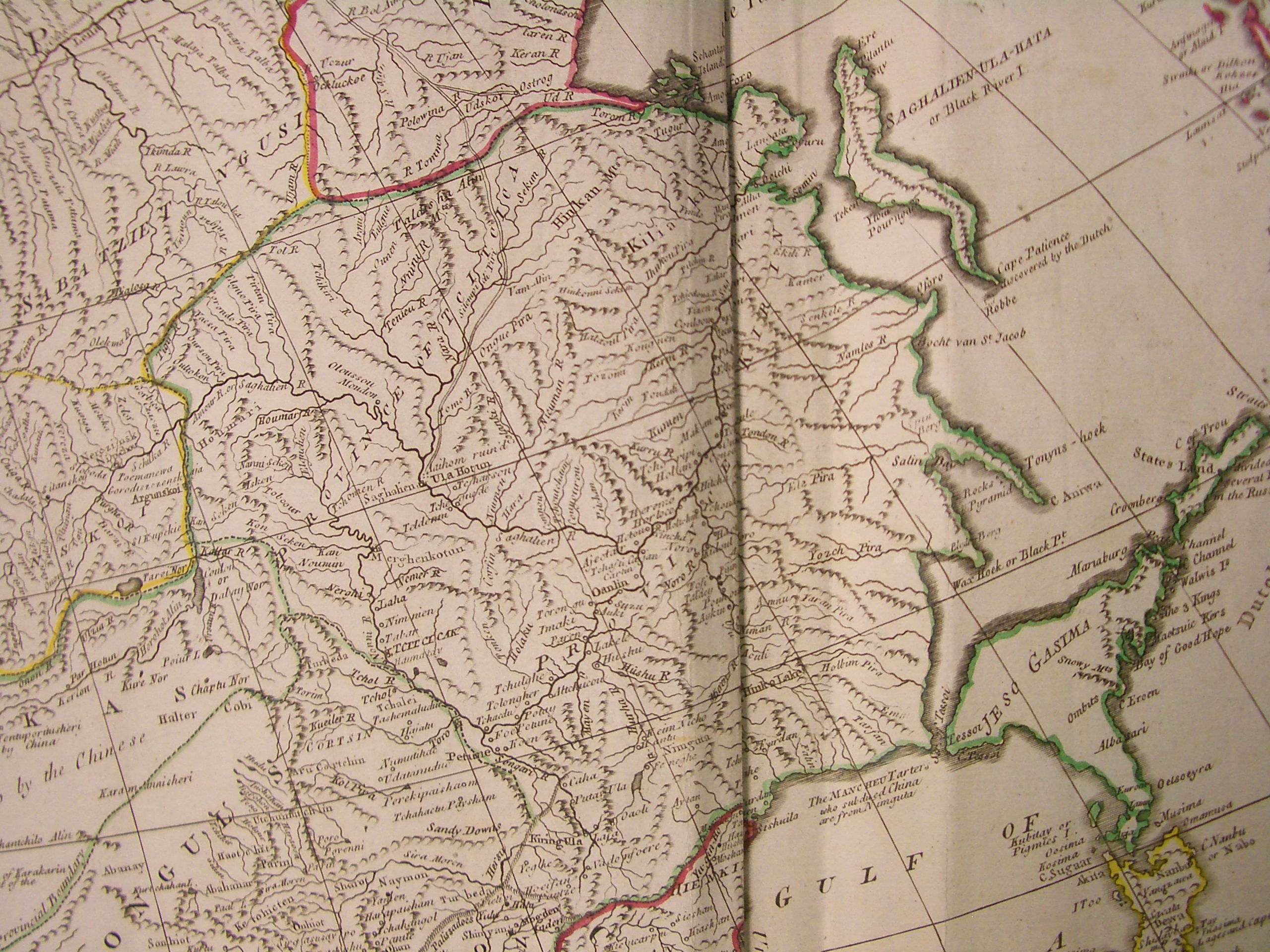|
Magdagachi
Magdagachi (russian: Магдага́чи) is an urban locality (an urban-type settlement) and the administrative center of Magdagachinsky District of Amur Oblast, Russia, located northwest of Blagoveshchensk. Population: History It was established in 1910 in connection with the construction of the Amur Railway; both the settlement and the railway station were named after the stream called Magdagachi, which flows into a tributary of the Amur River. Magdagachi was granted urban-type settlement status in 1938. Climate Magdagachi experiences a monsoon-influenced humid continental climate (Köppen ''Dwb'') bordering upon a subarctic climate (''Dwc'') with very cold, dry winters and warm, humid, and rainy summers. Transportation Magdagachi has a station on the Trans-Siberian Railway from Moscow). The M58 "Amur" highway traverses it as of 2010. There is also a small regional airport (IATA Code IATA codes are abbreviations that the International Air Transport Association (IATA) ... [...More Info...] [...Related Items...] OR: [Wikipedia] [Google] [Baidu] |
Magdagachinsky District
Magdagachinsky District (russian: Магдага́чинский райо́н) is an administrativeLaw #127-OZ and municipalLaw #477-OZ district (raion), one of the twenty in Amur Oblast, Russia. The area of the district is . Its administrative center is the urban locality (a work settlement) of Magdagachi.According to Law #127-OZ, the administrative-territorial structure of Amur Oblast matches its municipal structure. The laws dealing with the structure of the municipal districts serve as the registries of the inhabited localities of the administrative districts and list their administrative centers. For Magdagachinsky District, Law #477-OZ is used. Population: 26,427 ( 2002 Census); The population of Magdagachi accounts for 48.1% of the district's total population. Geography Magdagachinsky District is located on the Amur-Zeya Plain, in the northwest of Amur Oblast. It is on the eastern (left) bank of the Amur River. The terrain is flat floodplain or slightly hilly ground b ... [...More Info...] [...Related Items...] OR: [Wikipedia] [Google] [Baidu] |
Amur Oblast
Amur Oblast ( rus, Аму́рская о́бласть, r=Amurskaya oblast, p=ɐˈmurskəjə ˈobləsʲtʲ) is a federal subject of Russia (an oblast), located on the banks of the Amur and Zeya Rivers in the Russian Far East. The administrative center of the oblast, the city of Blagoveshchensk, is one of the oldest settlements in the Russian Far East, founded in 1856. It is a traditional center of trade and gold mining. The territory is accessed by two railways: the Trans-Siberian Railway and the Baikal–Amur Mainline. As of the 2010 Census, the oblast's population was 830,103. Amur Krai () or Priamurye () were unofficial names for the Russian territories by the Amur River used in the late Russian Empire that approximately correspond to modern Amur Oblast. Geography Amur Oblast is located in the southeast of Russia, between Stanovoy Range in the north and the Amur River in the south, and borders with the Sakha Republic in the north, Khabarovsk Krai and the Jewish Auto ... [...More Info...] [...Related Items...] OR: [Wikipedia] [Google] [Baidu] |
M58 Highway (Russia)
The Russian route R297 or the Amur Highway (so named after the nearby Amur River) is a Russian federal highway, federal highway in Russia, part of the Trans-Siberian Highway. With a length of , it is the longest segment, from Chita, Zabaykalsky Krai, Chita to Khabarovsk, connecting the paved roads of Siberia with those of the Russian Far East. The construction of the road united the Russian federal highways into a single system stretching from Saint Petersburg to Vladivostok. Before completion of the road, the Russian Pacific coast was connected to the rest of the country only by airlines, the Trans-Siberian Railway, and the Baikal–Amur Mainline.Vince, Austin; Bloom, Louis et al. (2006) ''Mondo Enduro''. Ripping Yarns.com. . For most of its route, the highway parallels the China–Russia border at a distance of . , it still included unpaved sections. It traverses the sparsely populated regions of Zabaykalsky Krai, Amur Oblast, Jewish Autonomous Oblast, and Khabarovsk Krai. Early ... [...More Info...] [...Related Items...] OR: [Wikipedia] [Google] [Baidu] |
Moscow
Moscow ( , US chiefly ; rus, links=no, Москва, r=Moskva, p=mɐskˈva, a=Москва.ogg) is the capital and largest city of Russia. The city stands on the Moskva River in Central Russia, with a population estimated at 13.0 million residents within the city limits, over 17 million residents in the urban area, and over 21.5 million residents in the metropolitan area. The city covers an area of , while the urban area covers , and the metropolitan area covers over . Moscow is among the world's largest cities; being the most populous city entirely in Europe, the largest urban and metropolitan area in Europe, and the largest city by land area on the European continent. First documented in 1147, Moscow grew to become a prosperous and powerful city that served as the capital of the Grand Duchy that bears its name. When the Grand Duchy of Moscow evolved into the Tsardom of Russia, Moscow remained the political and economic center for most of the Tsardom's history. When th ... [...More Info...] [...Related Items...] OR: [Wikipedia] [Google] [Baidu] |
Trans-Siberian Railway
The Trans-Siberian Railway (TSR; , , ) connects European Russia to the Russian Far East. Spanning a length of over , it is the longest railway line in the world. It runs from the city of Moscow in the west to the city of Vladivostok in the east. During the period of the Russian Empire, government ministers—personally appointed by Alexander III and his son Nicholas II—supervised the building of the railway network between 1891 and 1916. Even before its completion, the line attracted travelers who documented their experiences. Since 1916, the Trans-Siberian Railway has directly connected Moscow with Vladivostok. , expansion projects remain underway, with connections being built to Russia's neighbors (namely Mongolia, China, and North Korea). Additionally, there have been proposals and talks to expand the network to Tokyo, Japan, with new bridges that would connect the mainland railway through the Russian island of Sakhalin and the Japanese island of Hokkaido. Route descrip ... [...More Info...] [...Related Items...] OR: [Wikipedia] [Google] [Baidu] |
Subarctic Climate
The subarctic climate (also called subpolar climate, or boreal climate) is a climate with long, cold (often very cold) winters, and short, warm to cool summers. It is found on large landmasses, often away from the moderating effects of an ocean, generally at latitudes from 50° to 70°N, poleward of the humid continental climates. Subarctic or boreal climates are the source regions for the cold air that affects temperate latitudes to the south in winter. These climates represent Köppen climate classification ''Dfc'', ''Dwc'', ''Dsc'', ''Dfd'', ''Dwd'' and ''Dsd''. Description This type of climate offers some of the most extreme seasonal temperature variations found on the planet: in winter, temperatures can drop to below and in summer, the temperature may exceed . However, the summers are short; no more than three months of the year (but at least one month) must have a 24-hour average temperature of at least to fall into this category of climate, and the coldest month should ave ... [...More Info...] [...Related Items...] OR: [Wikipedia] [Google] [Baidu] |
Köppen Climate Classification
The Köppen climate classification is one of the most widely used climate classification systems. It was first published by German-Russian climatologist Wladimir Köppen (1846–1940) in 1884, with several later modifications by Köppen, notably in 1918 and 1936. Later, the climatologist Rudolf Geiger (1894–1981) introduced some changes to the classification system, which is thus sometimes called the Köppen–Geiger climate classification system. The Köppen climate classification divides climates into five main climate groups, with each group being divided based on seasonal precipitation and temperature patterns. The five main groups are ''A'' (tropical), ''B'' (arid), ''C'' (temperate), ''D'' (continental), and ''E'' (polar). Each group and subgroup is represented by a letter. All climates are assigned a main group (the first letter). All climates except for those in the ''E'' group are assigned a seasonal precipitation subgroup (the second letter). For example, ''Af'' indi ... [...More Info...] [...Related Items...] OR: [Wikipedia] [Google] [Baidu] |
Humid Continental Climate
A humid continental climate is a climatic region defined by Russo-German climatologist Wladimir Köppen in 1900, typified by four distinct seasons and large seasonal temperature differences, with warm to hot (and often humid) summers and freezing cold (sometimes severely cold in the northern areas) winters. Precipitation is usually distributed throughout the year but often do have dry seasons. The definition of this climate regarding temperature is as follows: the mean temperature of the coldest month must be below or depending on the isotherm, and there must be at least four months whose mean temperatures are at or above . In addition, the location in question must not be semi-arid or arid. The cooler ''Dfb'', ''Dwb'', and ''Dsb'' subtypes are also known as hemiboreal climates. Humid continental climates are generally found between latitudes 30° N and 60° N, within the central and northeastern portions of North America, Europe, and Asia. They are rare and isolat ... [...More Info...] [...Related Items...] OR: [Wikipedia] [Google] [Baidu] |
Amur Railway
The broad gauge Amur Railway (russian: Амурская железная дорога, or Amurskaya zheleznaya doroga) is the last section of the Trans-Siberian Railway in Russia, built in 1907–1916. The construction of this railway favoured the development of the gold mining industry, logging, fisheries and the fur trade in Siberia and Russian Far East. It is over 2115 km in length, stretching across the Transbaikal Region and the Amur Oblast. The railway's main sections are: Kuenga-Uryum (204 km, 1907–1911); Uryum-Kerak (632 km, 1909–1913); Kerak-Deya with an offshoot to Blagoveshchensk (679 km, 1911–1915); Deya-Khabarovsk (481 km, 1915–1916). Ye.Yu.Podrutsky, Alexander Liverovsky, and V.V.Tregubov were the chief engineers, who oversaw the construction of the Amur Railway by approx. 54,000 workers (as of 1913), brought from Central Russia and Siberia (the Tsarist government specifically forbade the use of foreign workforce). Construction In ... [...More Info...] [...Related Items...] OR: [Wikipedia] [Google] [Baidu] |
Amur River
The Amur (russian: река́ Аму́р, ), or Heilong Jiang (, "Black Dragon River", ), is the world's List of longest rivers, tenth longest river, forming the border between the Russian Far East and Northeast China, Northeastern China (Inner Manchuria). The Amur proper is long, and has a drainage basin of . ''mizu'' ("water") in Japanese. The name "Amur" may have evolved from a root word for water, coupled with a size modifier for "Big Water". Its ancient Chinese names were ''Yushui'', ''Wanshui'' and ''Heishui'', formed from variants to ''shui'', meaning "water".The fishes of the Amur River:updated check-list and zoogeography'' The modern Chinese name for the river, ''Heilong Jiang'' means "Cardinal_directions#Cultural_variations, Black Dragon River", while the Manchurian language, Manchurian name ''Sahaliyan Ula'', the Mongolian names " Amar mörön " (Cyrillic: Амар мөрөн) originates from the name " Amar " meaning to rest and ''Khar mörön'' (Cyrillic: Хар � ... [...More Info...] [...Related Items...] OR: [Wikipedia] [Google] [Baidu] |
Blagoveshchensk
Blagoveshchensk ( rus, Благове́щенск, p=bləgɐˈvʲeɕːɪnsk, meaning ''City of the Annunciation'') is a city and the administrative center of Amur Oblast, Russia. It is located at the confluence of the Amur and the Zeya Rivers, opposite to the Chinese city of Heihe. Population: The Amur has formed Russia's border with China since the 1858 Aigun Treaty and the 1860 Treaty of Peking. The area north of the Amur belonged to the Manchu Qing dynasty by the Treaty of Nerchinsk of 1689 until it was ceded to Russia by the Aigun Treaty in 1858. History Early history of the region The early residents of both sides of the Amur in the region of today's Blagoveshchensk were the Daurs and Duchers. An early settlement in the area of today's Blagoveshchensk was the Ducher town whose name was reported by the Russian explorer Yerofey Khabarov as Aytyun in 1652, as Aigun from 1683 to 1685, and as Aigun Old Town from 1685 until the massacre in 1900, which known to Russian archaeolo ... [...More Info...] [...Related Items...] OR: [Wikipedia] [Google] [Baidu] |




